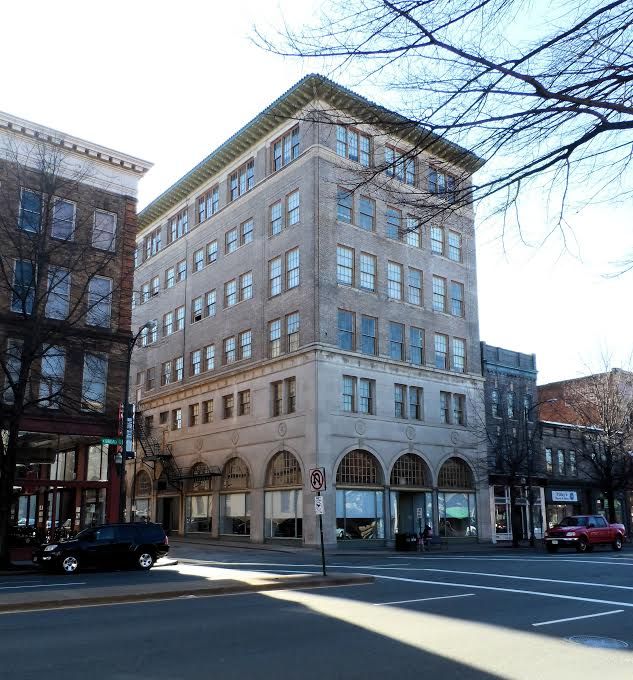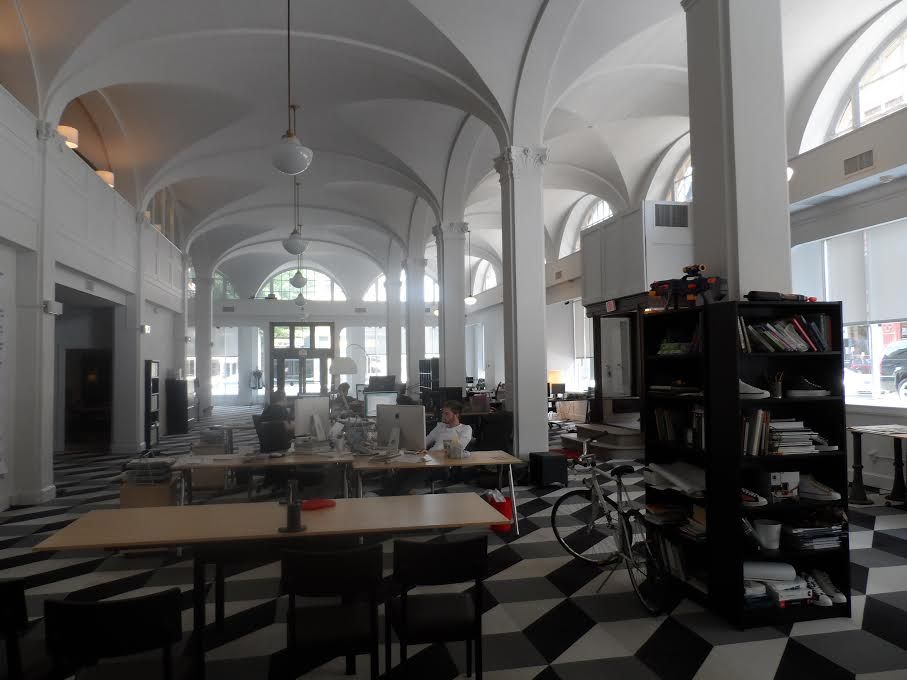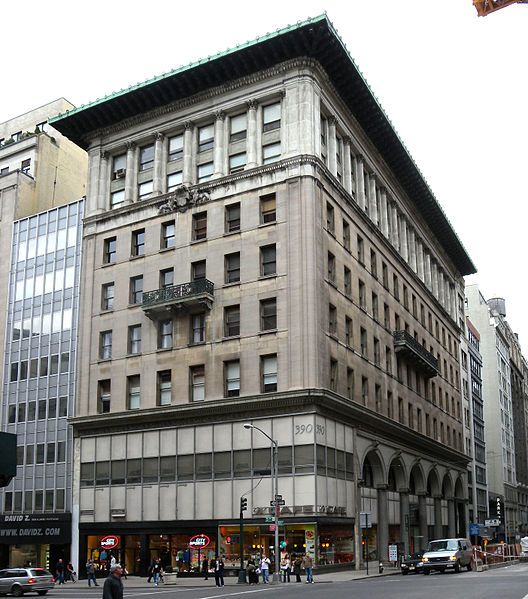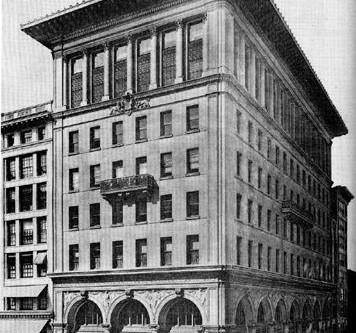This article comes to us from guest writer, Robert Winthrop. Winthrop is partner at Winthrop, Jenkins, and Associates, a Virginia based architecture firm specializing in historic renovation. Historic buildings have also been his focus in numerous writings and lectures. As author of The Architecture of Jackson Ward, Cast and Wrought: The Architectural Metalwork of Downtown Richmond, Virginia, and Architecture in Downtown Richmond, Winthrop has established himself as an authority on the city’s architectural history.
* * *
The former Mosby store at 201-205 West Broad Street, now the Quirk Hotel, was the home of an up-scale department store and was designed by one of the nation’s best department store architects, New York’s Starrett & van Vleck in 1916. They designed Lord & Taylor, Bloomingdales, Saks Fifth Avenue, Abraham & Straus, and Alexander’s in New York City as well as many other stores throughout the nation. The first of their major stores, Lord & Taylor, was designed in 1914, two years before the Mosby store. They would design the Grace Street side of Miller & Rhodes in 1922.
The design for the Mosby store was directly related to New York’s 1906 Gorham Building. Stanford White designed this master piece for the Gorham jewelers and silversmiths while his partner, Charles McKim, designed the flagship store the Tiffany Company. Their firm, McKim, Meade & White was the best known architectural firm in country. White was well known in Virginia as the architect of the reconstruction of Jefferson’s Rotunda and the construction of a new academic group at the end of Jefferson’s lawn. His murder in 1906 tended to overshadow his considerable architectural gifts. The murder involved Evelyn Nesbit, the “girl on the red velvet swing”, and a deranged millionaire, Harry K. Thaw. The resulting trial was sensational in the extreme and ruined White’s reputation.
Both White and McKim’s buildings are masterpieces of commercial design, but the Gorham Building was more graceful, spare and elegant than the Tiffany building. The Gorham Building’s first level arcade is directly related to the early Renaissance work of Brunelleschi in Florence. The glass filled arcade provided the show windows needed for retail establishments.
White combined Renaissance detailing with a high rise building in a way that struck contemporaries as sensible and unaffected. The main level of the Mosby building is vaulted and exceptionally well preserved. The store was technologically advanced and was the first fireproof department store building in Richmond.
The associate architects of the store, Richmond’s Carneal & Johnston, used the same basic design for the Methodist Publishing House Building, best known as the Cokesbury Building at 415 East Grace Street. Built in 1921, this is a direct copy of the Mosby structure. Unfortunately the arched openings have been partially filled in which reduces the impact of the arcade.
The Mosby building remains one of the finest and best preserved buildings of its type in the city. The Gorham building itself was altered by ripping out a part of the arcade in the mid-twentieth Century. The Mosby Building is now closer to looking like the Gorham building than the mutilated original.
Article and images from Robert P. Winthrop
Note: Since the original publication of this article, the building has been transformed in the Quirk Hotel, a boutique hotel which incorporates two restaurants and an art gallery.









Write a Comment